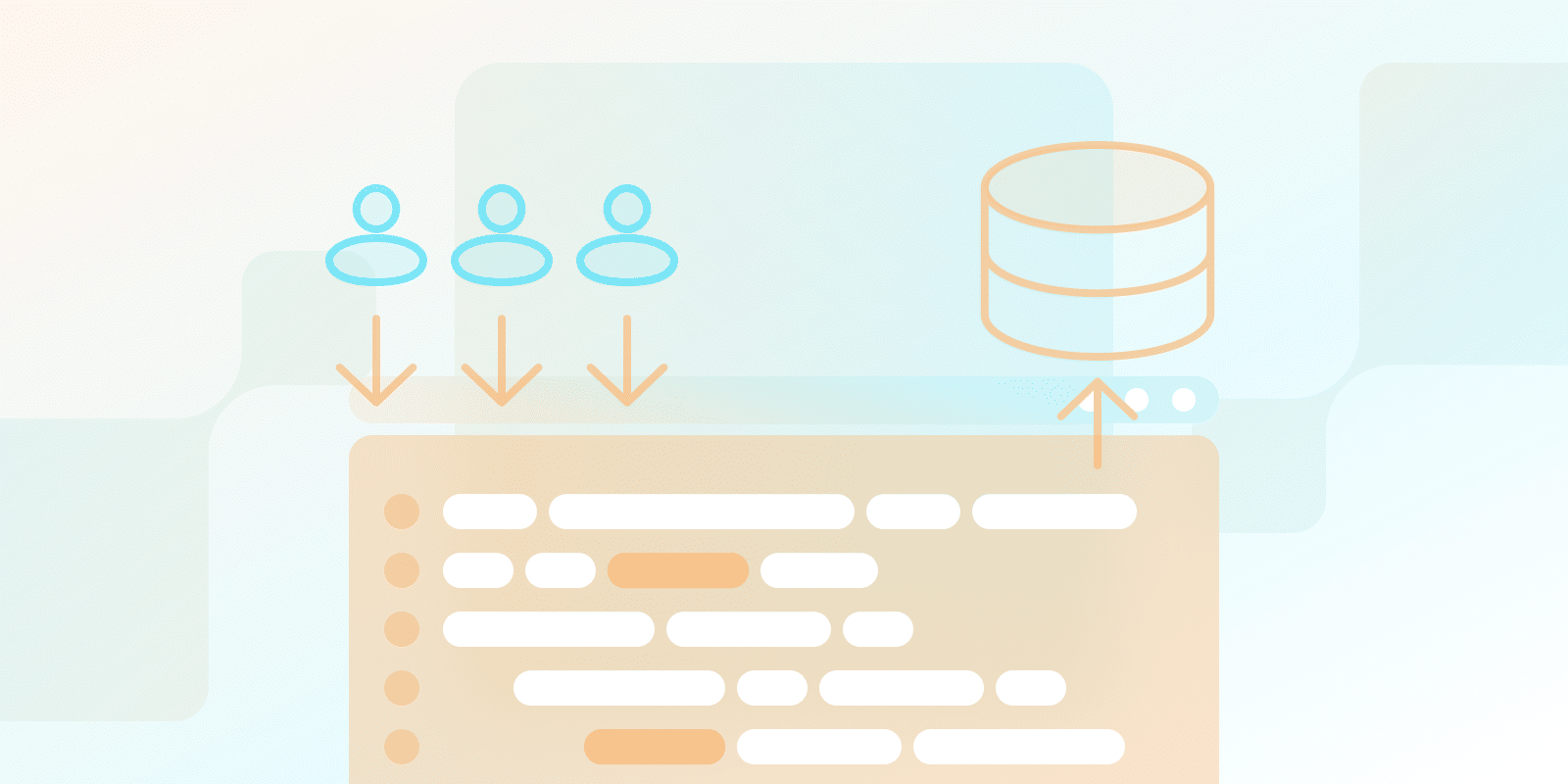Cloud Computing Concepts
What is Multitenancy in Cloud Computing?

What is multitenancy in cloud computing?
Multitenancy architecture involves a SaaS app distributing resources across each tenant but storing their data separately. All tenants within the infrastructure get updates simultaneously, and isolation levels vary.
Many tenants use multitenancy architecture for cost-effectiveness, but it’s important to consider the trade-offs of sharing resources with others. You should look at how much flexibility you receive before signing up for a service.
Consider cost and customization when choosing your infrastructure, but also think about how many resources you need. You’ll also need to think about security, as this can vary depending on the tool you choose.
What is a tenant in SaaS?
A tenant is part of a SaaS app’s infrastructure, but they have their own private space. Whereas resources are shared in multitenancy clouds, tenants will change their own settings and choose how much data they need.
Depending on the provider, you might find single and multi-tenant options offered – but the price will differ. You should think about finding a service with both so that you don’t have to migrate everything once you scale.
What are the three types of multi-tenancy?
Below is a rundown of the different multi-tenancy types:
- Single-Instance, Single-Database: This option will impact scalability, but it also costs the least money. As the name suggests, you share various resources – mainly instances and databases.
- Single-Instance, Multiple Databases: Each tenant has their own database where they can store their data, which you may want to consider for privacy. Having some knowledge of managing these tenancy types is necessary before you start.
- Multiple-Instance, Multiple-Databases: Tenants use the same infrastructure, but they have their own instances and databases; it typically costs more than the other options. You can upgrade to this option once you’ve built a team and/or know how to manage these.
| Feature | Single-Instance, Single-Database | Single-Instance, Multiple Databases | Multiple-Instance, Multiple-Databases |
|---|---|---|---|
| Resource Management | |||
| Database Structure | Shared single database | Separate databases per tenant | Separate databases per tenant |
| Instance Management | Shared single instance | Shared single instance | Separate instances per tenant |
| Business Considerations | |||
| Cost Level | Lowest | Moderate | Highest |
| Scalability | Limited | Moderate | High |
| Technical Aspects | |||
| Privacy Level | Basic | Enhanced | Maximum |
| Management Complexity | Simple | Moderate | Complex |
What are the advantages of SaaS multi-tenant?
Some of the reasons that businesses use SaaS multi-tenancy include:
- Cost: Providers and tenants can reduce costs, but they may sacrifice privacy.
- Scalability: Infrastructures move resources up or down depending on activity levels and needs.
- Maintenance: Updates and patches.
What is the difference between dedicated and multi-tenant?
Here’s the main difference between dedicated and multi-tenant infrastructures:
- Dedicated: Tenants have instances that nobody else can access, but they’re still within a cloud system.
- Multi-Tenant: Data and configuration are separate, but they share other resources.
- Consider how much customization you need and whether you need more privacy.
- You might also find a hybrid model, but check for these before signing up.
- Start with multi-tenant if you’re a complete beginner.
Conclusion
Multi-tenancy is common in cloud computing, but you’ll need to research which option meets your needs. Think about privacy and cost, and consider how much customization you need. You should also consider the possibility of joining hybrid solutions; understand the differences and then assess your options.